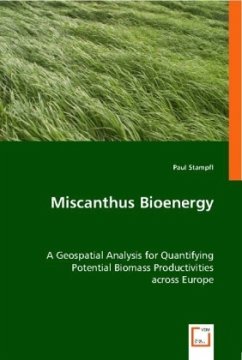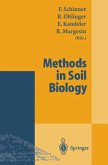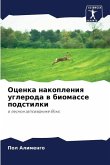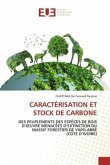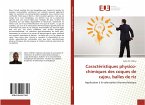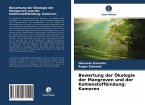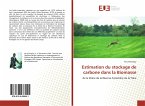Field trials in Europe over the past 20 years show that Miscanthus, a high yielding perennial rhizomatous grass with C4 photosynthesis, has great potential as an energy crop. Decisions regarding the utilisation of biomass crops such as Miscanthus are dependent on reliably predicting possible productivities from regional level up to continental scales. A Geographic Information System (GIS) offers a range of sophisticated tools and algorithms for such spatial analysis questions. In the presented work a GIS based modelling environment coupled with a plant growth model is used to predict Miscanthus biomass productivities and electricity generation capacities on a national and regional level for different land resource scenarios across the European Union. The model development is well illustrated and the issues that may constrain such an approach are highlighted and discussed. The final productivity estimates are presented both in map as well as tabular format. This book represents a useful reference for students or researchers dealing with similar analysis questions, but will also be welcomed by those interested in growing and utilising Miscanthus or indeed any other bioenergy crop.

